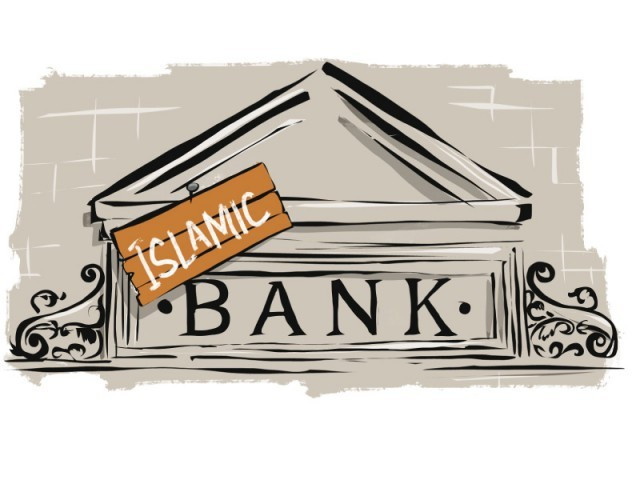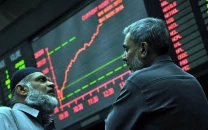Developing an Islamic monetary policy
Dual monetary system can be implemented in a country like Pakistan.

In fact, a number of sceptics of Islamic banking & finance argue that Islamic financial products are in essence similar to their conventional counterparts and that Islamic banks do nothing but mimic conventional banks. This observation has some merit. Islamic financial products seem to mimic conventional products in terms of pricing and their financial behaviour and economic characteristics. This is primarily because financial regulators treat Islamic products similar to the conventional products and emphasise that the two sets of financial products must not differ much in terms of their risk return profiles and financial characteristics.
Moreover, there is no Islamic-finance-enabling infrastructure in most of the countries where Islamic banking exists. In particular, there are no well-developed Islamic money market operations, except in Malaysia where a number of Islamic money market instruments are developed to allow Islamic banks to have access to liquidity management tools. But even there, a distinct Islamic monetary policy has yet to emerge. This lack of enabling infrastructure is a main reason for mimicking of conventional products in Islamic banking & finance.
It is argued that attempts to develop an Islamic monetary policy may pave way for creating the first vibrant Islamic money markets in the countries where Islamic banking is significant. Pakistan is one such country where Islamic banking is reaching 8% of the banking sector, yet there is huge dissatisfaction with the current Islamic product offerings, especially by the more conservative religious class that argues for a purist model of Islamic banking. Development of an Islamic monetary policy by the State Bank of Pakistan and implementing it along with its conventional monetary management may give rise to a dual monetary system – something that some people contend to be consistent with the dual banking system as it allows for the parallel operations of Islamic and conventional banks in a country.
It must be emphasised that the suggestion of a dual monetary system is not a far-fetched idea. In fact, there are living examples wherein a country has multiple currencies. In the UK, for example, apart from Bank of England, Bank of Scotland, Royal Bank of Scotland and some other banks issue their own pounds. Malaysia also provides another example, where apart from the main currency Ringgit issued by Bank Negara Malaysia (the central bank), the State of Kalantan also issues gold coins for some of its employees that may wish to be paid in this alternative currency. In fact, any country that allows holding of multiple currencies (as in the form of foreign currency accounts) is technically a multiple currency regime.
The open market operation in monetary management is based on the interest rate mechanism, which makes it clearly and unambiguously Shariah repugnant. Hence, there is a definite and clear-cut need for developing a monetary policy that is in line with the practice of Islamic banking and finance. This will require developing money market instruments that are not based on the interest rate mechanism but rather are based on the Shariah compliant principles and are consistent with the product offerings by Islamic banks. On a more philosophical level, this may lead to a need for creating an asset-based money rather than the current debt-based money.
THE WRITER IS AN ECONOMIST AND A PHD FROM CAMBRIDGE UNIVERSITY.
Published in The Express Tribune, July 9th, 2012.



















COMMENTS
Comments are moderated and generally will be posted if they are on-topic and not abusive.
For more information, please see our Comments FAQ